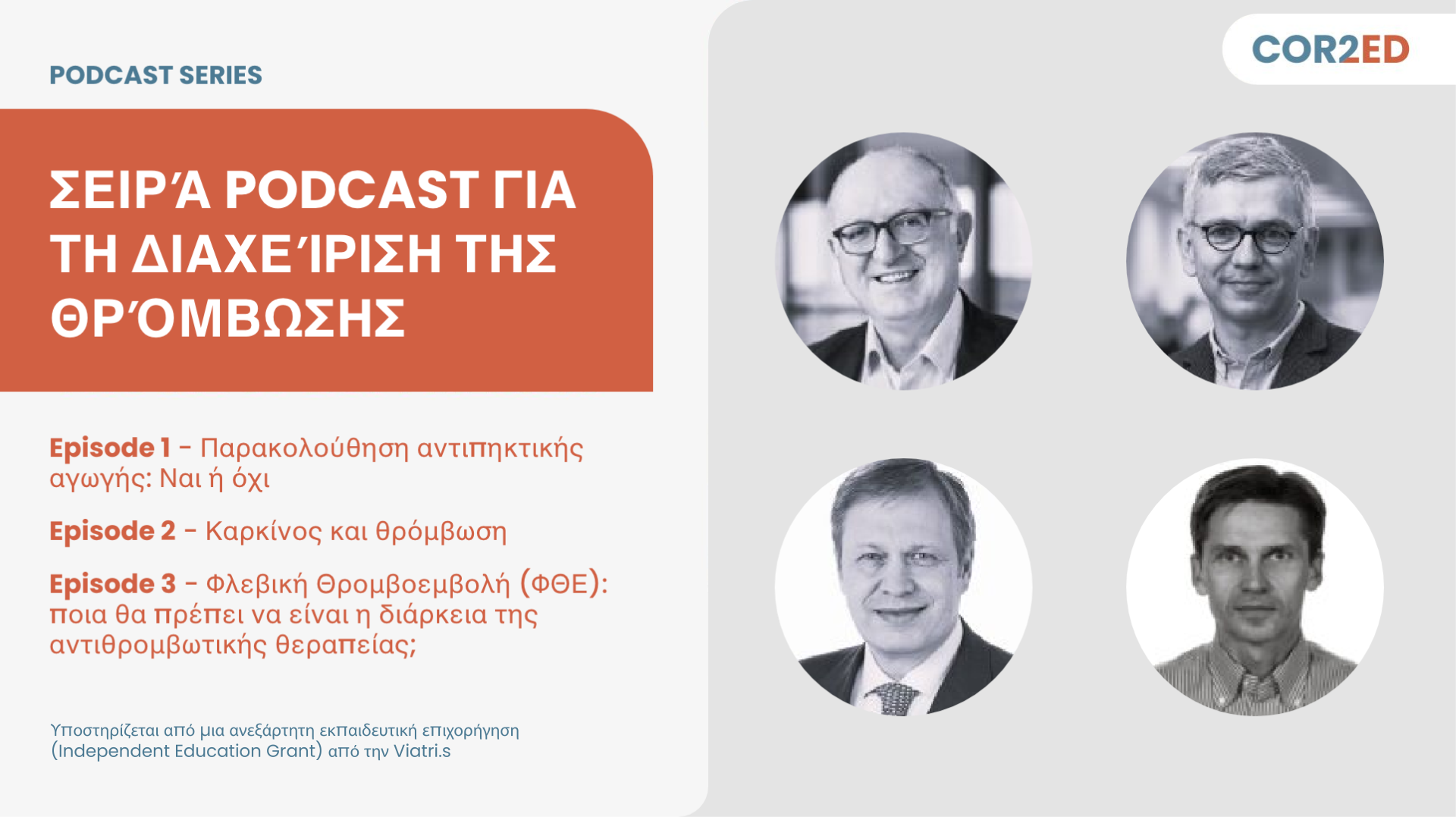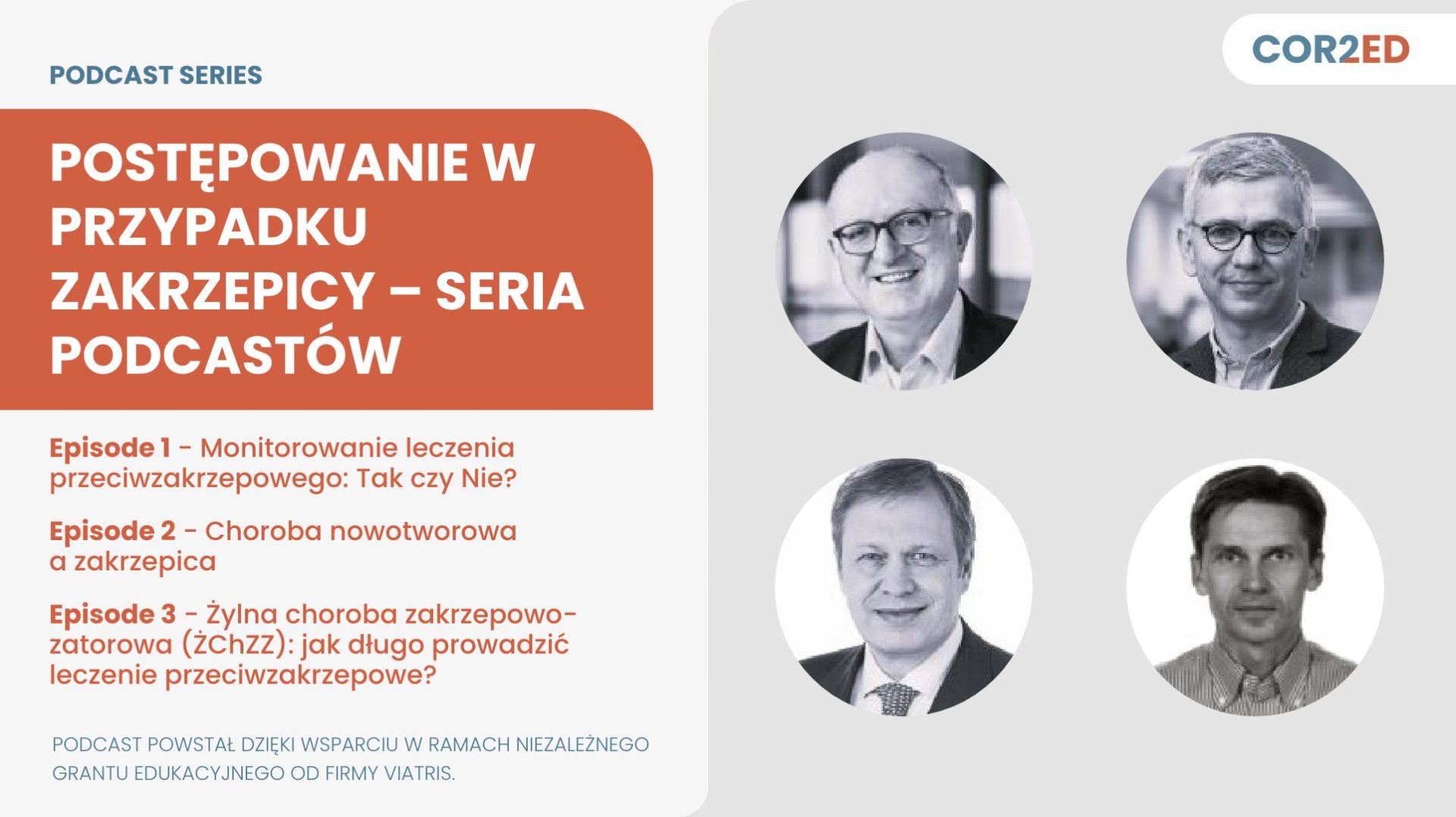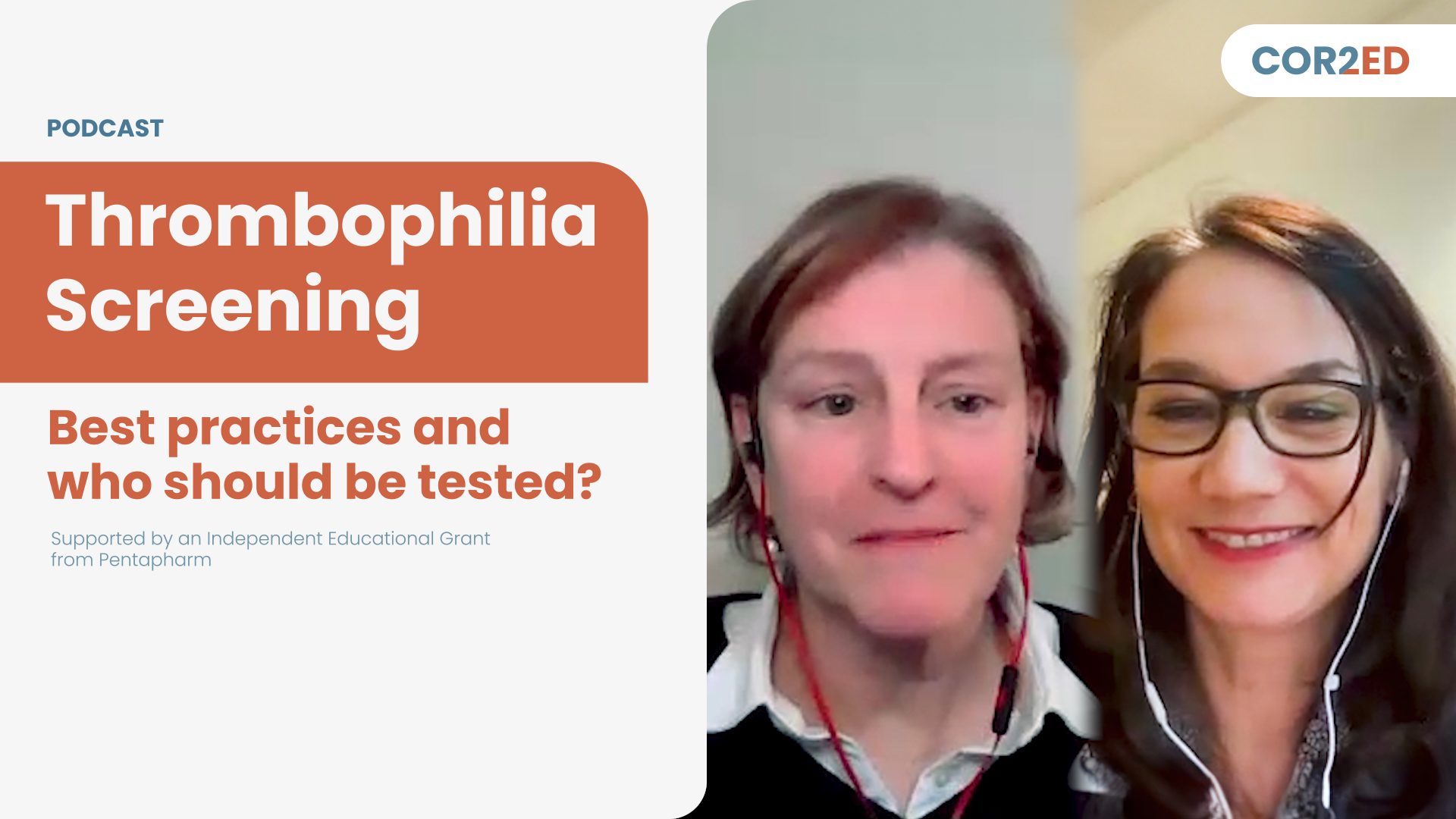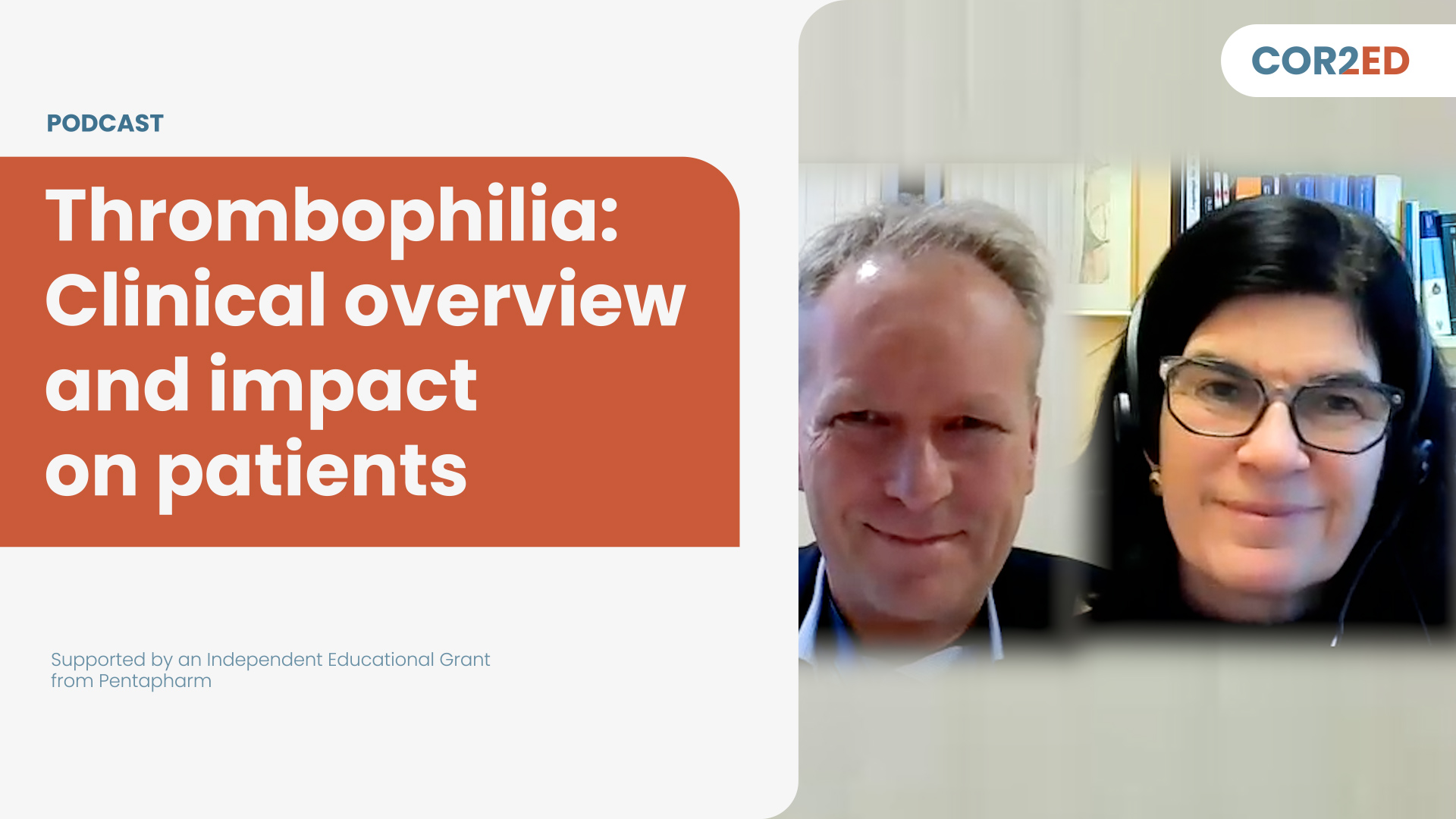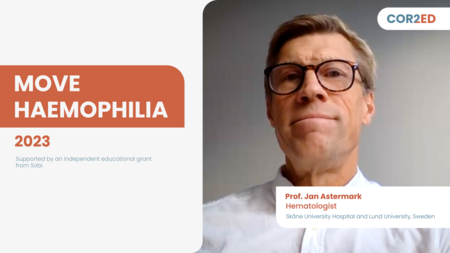Iron Deficiency: Why iron matters in women with bleeding disorders
A HEMOSTASIS CONNECT podcast
Please note:
HEMOSTASIS podcasts are designed to be heard. If you are able, we encourage you to listen to the audio, which includes emotion and emphasis that cannot be grasped from the words on the page. Transcripts are edited for readability. Please check the corresponding audio before quoting in print.
HEMOSTASIS CONNECT is an initiative of COR2ED. This podcast is supported by an educational grant from Takeda. The views in this podcast are the personal opinions of the experts. They do not necessarily represent the views of the experts' organisation or the rest of the HEMOSTASIS CONNECT group. For experts' disclosures on conflict of interest, please go to Hemostasis on www.COR2ED.com.
Dr Michelle Lavin
In this podcast, we learn why iron is important and essential for functioning. How to diagnose iron deficiency in women and girls with bleeding disorders and how best to approach treatment for this vulnerable group.
So welcome to this podcast on iron deficiency and iron replacement in women and girls with bleeding disorders. My name is Dr. Michelle Lavin. I'm a consultant haematologist treating adult patients in the National Coagulation Centre in Dublin and I am delighted to be here with one of my colleagues who shares my passion for women and girls bleeding disorders, Dr. Roseline d'Oiron, who I invite to introduce herself.
Dr Roseline d’Oiron
Thank you, Michelle. So my name is Roseline d'Oiron and I work in Paris Bicêtre Hospital, and I'm taking care of children and adults with bleeding disorders in the haemophilia treatment centre there. Today, Michelle and I will discuss the importance of recognising iron deficiency in patients and how to correct it. And we will share our own experiences and discuss some practical do's and don'ts. So Michelle, before we get into the details, why is iron deficiency an important topic in women with bleeding disorders?
Dr Michelle Lavin
Well, I think Roseline you'd agree with me that this is probably one of the most common problems we see in our clinics. And many women and girls who have a bleeding disorder or indeed women who experience heavy menstrual bleeding will frequently and repeatedly experience iron deficiency during their life. But you only find iron deficiency if you look for it. If you're waiting for what's the end point, really, or the end of the journey of iron deficiency, that's anaemia. And people are very good at picking up anaemia, but perhaps not as tuned in to the fact that we can detect iron deficiency early and treat it and prevent people becoming anaemic. So instead of focussing on the full blood count or the complete blood count and finding the end point of the journey, we'd like to identify women earlier on in that path and actually try and improve their overall health and quality of life by preventing them from getting to anaemia. So for sure, iron deficiency, I probably prescribe and advise people on given iron every day of my clinical life. It's just such an important and common problem. But everyone focuses on the anaemia aspect, and we know that iron has huge roles in other parts of the body. When we think of that our muscles are made of myoglobin and that has iron in it, iron is actually found in mitochondria throughout the body and is stored in most cells in the body, including immune cells. So, it's really ubiquitously found throughout the body and its roles are beyond that of just maintaining a normal blood count. How often would you see it in your patients or is this as big as a problem in France as it is in Ireland?
Dr Roseline d’Oiron
Well, I guess that's a very common issue, which is observed in the general population. I think that the WHO reported that more than 2 billion people are concerned all around the world. And this is particularly true in touching the girls and the women are related to their menstruation and the post-partum haemorrhage as well. So that's really a common health problem. But when it comes to women and girls with a bleeding disorder, then the prevalence might be much higher indeed. I think that in my clinics when I see the different types and the different severities of bleeding disorders, it will probably impact the prevalence that I will observe too, regarding the presence of iron deficiency and ultimately the anaemia that I can observe as well. I think that for those who have a very severe primary haemostatic defect like severe von Willebrand disease, like type 3 von Willebrand disease or type 2A von Willebrand disease, or for those who have very severe platelet function disorder like Glanzmann thrombasthenia, I think that for those women, iron deficiency is extremely frequent. And it's a little bit like we are running after and always behind a normal status of the iron in their body. And so they do require on a very regular basis iron supplementation. When it comes to other defects, maybe coagulation defects of less severe type like woman with haemophilia or rare factor deficiencies, in my clinics, I see a bit less proportion of those girls and women with iron deficiency or less frequently needing to be treated. But still, it's important to know that the bleeding disorder may cause and contribute to iron deficiency. But sometimes you may have other factors as well, that may also be added on the top of it. And for example, nutrition habits or very intense activity, sportive activities sometimes may have an impact as well. But maybe that's also another question, which is depending on the criteria that we are using in order to define what is iron deficiency, and obviously this will impact the level of the prevalence that we may observe depending on what we are going to define as an iron deficiency.
Dr Michelle Lavin
So I think you're correct. Like it depends on what we use as our cut-off. And, you know, internationally, the WHO state their criteria of ferritin, which is one of the key markers for iron deficiency of less than 15, that's actually quite low. Once you get to that point, you're really chasing an already established iron deficiency. And there's been data show that if you can start supplementation when levels are less than 30 or certainly less than 30 but even less than 50, that there's a beneficial improvement in iron stores. So I think letting people get a ferritin of 15 is certainly quite low in order to use that as the starting point for iron supplementation. But I suppose even taking a step back from that, the symptoms of iron deficiency can be so non-specific that you really have to be focussed on looking for them. Because when we think about what women experience, it can be headache, dizziness, tiredness, poor concentration. But that are often things that if you have a young family with a lot of young children, you can experience anyway. So people often will discount their symptoms of iron deficiency. So you have to be clued in and considering who to start checking for it. And in women who have heavy menstrual bleeding, I would agree with you that the prevalence will differ between the bleeding disorders. But if you have heavy menstrual bleeding, particularly those women who are bleeding heavily for a number of days or bleeding longer than a week, it's very difficult for them to intake enough iron in their normal diet to stop them from becoming iron deficient. Because they're just, the iron loss through blood loss it's too high at a monthly level. And those women will frequently require at least oral iron supplementation. But getting back to the point, the really important point you raised about what's the threshold for iron deficiency. And there was a nice paper looking at the reference ranges applied in different laboratories in North America in 2021, and that's by Parker et al in the Journal of Applied Laboratory Medicine, and they looked at what were the thresholds and the cut-offs used. And in fact, the majority of laboratories had a threshold for women that was below that WHO criteria of 15 micrograms for ferritin. So, they were telling women who had levels, you know, ferritins of 10 or even lower than that, that their iron was normal. And that comes back to: how do we make reference ranges? Well, we bring in what we hope are healthy individuals and we check the blood sample of interest to us and then we design a normal reference range based on those results. But iron deficiency is so common amongst women, it's undoubtedly the case that iron deficient women were included in the establishment of these reference ranges. So it's akin to, you know, designing your liver function test reference ranges and including patients with cirrhosis. And that wouldn't make sense, but that's what we're doing on an everyday basis when it comes to iron deficiency. So I think health care providers have to be aware of the limitations of their reference range and ensure that actually the reference range is appropriate for use when they get a result back. Otherwise you risk falsely reassuring a woman that their iron is normal when in fact they're already deficient. So there's lots of different parameters of iron deficiency. So how would you encourage people to measure and check for iron deficiency Roseline?
Dr Roseline d’Oiron
Well, I think that usually the clinicians are referring to iron deficiency only with this parameter of the ferritin levels. And this protein actually is extremely sensitive to quite a lot of situations and especially inflammatory status, which means that when you have an inflammatory status or an infection, you may have extremely high levels of ferritin that will be not reflecting the actual stock of iron that you have in your body. And so we know that in case of inflammatory status, it is not sufficiently reliable to assess iron deficiency with this parameter. So I think that's quite important to have a much wider use of the other tests that can be implemented. And one of them is the saturation of the transferrin, which is probably much more reliable in the context of an inflammatory state. So for example, if you have a ferritin level, let's say around 40 or 50 mcg/L, which seems normal based on the range values given by the lab,when it comes to a patient who has an inflammatory state, sometimes you could see saturation of the transferrin at very low level, like 15 or 10%, which will make this diagnosis of iron deficiency much more clear. In a very complex situation you may also require some more specific tests, a little bit more costly (this is also important to note), and you may ask for measurement of the soluble receptor of the transferrin, which will increase in case of actual iron deficiency and may help you to differentiate between just an inflammatory state or a true and actual iron deficiency that needs treatment. But maybe you have other ways to use them in your practise.
Dr Michelle Lavin
I think our practise would very much align with yours that, I suppose the key messages are that a ferritin that is low, if that's truly indicative of iron deficiency. So if you have a low ferritin, you can say somebody is iron deficient, but if you have a ferritin that's raised, you need to know whether that person has an ongoing inflammatory state because it is an acute phase reactant. And that's where a transferrin saturation that's 15% or less is indicative of iron deficiency as well in that situation. And if you're getting kind of flummoxed at that point and you're not certain reaching your transfer and your ferritin and you think that could be an inflammatory component, then a soluble transferrin receptor can be helpful. But I would find with our women with bleeding disorders, you'll often get the information you need, just even from the ferritin that's a very useful indicator of iron deficiency in these patients. In terms of moving on to treatment, it really depends on whether that at the time of the blood test, whether that person has been taking oral iron already or how long they've been taking it for. Is this considered a failure for oral iron or have they not tried it yet? But more than that, how are they taking their iron? Because in the past the way that I feel doctors correct things are if something is low, we give you lots of it and try and bring it up. But in fact, that doesn't really work all that well in the setting of iron deficiency because you have an important hormone, as you know, hepcidin that's released by the liver in response to iron in the gut and can actually reduce the amount of iron that's absorbed from the gut. So if you're giving somebody high doses, particularly if you give to them like twice a day or sometimes I even hear people getting iron three times a day, which is just definitely going to make you constipated and not give you any relief in terms of your iron deficiency. So the more iron you ingest, the more hepcidin is released and the less iron is absorbed. And in fact, studies have shown that alternate day iron; so taking one tablet every second day can boost iron absorption in comparison to even daily iron. So it's one of those situations that less is actually more. And I think that requires a rethinking of our approach and for our patients in terms of how we manage our iron deficiency, that may be different to what they've heard over many years. If somebody has been taking iron in that way for a number of months and they're still failing to see an improvement, if I don't see any upward trajectory in terms their iron, I will consider them for IV iron or if they have specific, say, inflammatory bowel disease or poor absorption from their gut in the baseline, then those patients will generally do better with IV iron. In the past, I know we had a lot of concerns about anaphylaxis in relation to IV iron, but a recent European Medicines Agency report has shown that the risk of anaphylaxis is the same as placebo with the modern iron formulations. So I think that it's still given in a supervised environment, but, the newer formulation certainly have less risk associated with them than the old formulas. How would you find is that similar to what you do in France?
Dr Roseline d’Oiron
Yes. And I would add as well those very frequent situations of pregnancy where you have an inflammatory state as well, and it has been proven now on many reports and studies, that IV injections can really make a difference in order to correct much more rapidly the level of the iron deficiency and prevent from anaemia, which may have some consequences both for the maternal health but also for the neonatal health. And so I think that's very important to have all these therapeutics, different formulations that can be used in a very flexible way. And that's very important to know. But I think you raised as well the point, which is I think very important, about the tolerance of this medication. And we frequently have some failure of the correction of the iron deficiency because of these tolerance issues. And I think that's something which is very important when you have patients with iron deficiency to make sure that they do understand that if they have some adverse reactions, they have to call back prior to the scheduled clinic if needed, in order to modify the treatment. And that needs some therapeutic education on how to treat and what to avoid, for example, to drink a lot of tea at the time you are taking your iron implementations. Such tips like this are very important to share. So when you correct the iron deficiency, it's also very important to make sure that the cause that led to this iron deficiency is well detected and diagnosed. Obviously, it could be just relying on some bleeding episodes and especially in women with a bleeding disorder even more in case of severe bleeding disorder. But do not forget that sometimes you may have other causes that need really to be diagnosed in order to avoid recurrence of this iron deficiency. And potentially need to reassess how we manage the bleeding disorders in those women. Are they sufficiently treated regarding, for example, their menstrual cycle? Do they take tranexamic acid on the right dosage, and etc.? And once, you did all those two important point correction of the iron deficiency and treat the underlying cause, it's also important to have a regular follow up because this kind of issues may recur frequently and we really need to have some close follow up in order to assess the absence of recurrence of this situation. I personally like to have some follow up when I make the diagnosis of an iron deficiency at least monthly for the two or three first months and after that, two or three times a year, in order to have some feedback and follow up afterwards, what are you doing?
Dr Michelle Lavin
Absolutely. We tend to see the patients back within about 4 to 6 weeks to see that there is an improvement in their iron status. Like there may not be a correction. You wouldn't expect it that quickly, but you want to see that there is an upward trajectory to their numbers, that they're improving with the start of the oral therapies and to make sure that they're, as you said, tolerated. There's lots of different iron formulations and some of them have more of elemental iron than others. So, we'll tend to start with ferrous fumarate has the highest elemental iron available to us here, but if isn't tolerated, people may change to a different type of oral iron. And as long as they're seeing an improvement in their iron numbers, you know, that's fine. But I tend not to use things like multi-vitamins that have iron because a lot of them often have very small amounts of available iron. We advise people to take a specific iron supplement. But I think you raise a really important point that we haven't touched on a lot about pregnancy. And I know there are additional podcasts about pregnancy in women and girls with bleeding disorders, but just in terms of, anaemia is a huge problem in pregnancy. And if we are setting women up to be anaemic, or iron deficient going into pregnancy, this is a time where there is a really high utilisation of iron for the developing foetus and the foetus will be prioritised and the mother's stores will be taken. And that's just a natural physiological process. But there is good data about there's a two fold risk of premature delivery in women who are in deficient and of lower birthweight infants as well. So there's implications not only for the mother, but also for the baby. And there's some emerging data that reduced iron availability to the foetus may actually impair or cause neurocognitive issues in the infant later in life. So we need more research and understanding in that area about, you know, what is the implications if a developing foetus doesn't have available iron when we know that iron is ubiquitous to all the cells. And we're also sending a mother into a situation where we know they're at a higher risk of postpartum haemorrhage, we know they have an increased risk of secondary postpartum haemorrhage. They're also going to be completely fatigued from having a new-born infant at home. You know, the least we can do is actually check and maintain and supplement their iron. And that may be IV iron, and particularly if it's coming to the third trimester because oral won't effectively and rapidly replenish their iron stores. So I think people need to be more aware of that as an issue in the obstetric population. And we need more research to understand the implications for the next generation to iron deficient mothers.
Dr Roseline d’Oiron
So interesting to hear what you are saying. So well, this is, you know, the common practise that we share on our clinics usually. And so that's good to hear that we have to move forward on those practises.
Dr Michelle Lavin
Absolutely. And I think, you know, I didn't start I was a passionate advocate for iron. But I think when you see and you hear the problems that your patients face and the improvements in their lives, when you actually supplement somebody with iron, like it's the easiest thing you can do right, is to give somebody iron and to have them come back to your clinic and say: I didn't realise I was so tired. I didn't realise I thought that was normal. It's often difficult and studies to objectively show quality of life improvement and I think particularly for women because we accept a low quality of life or a low energy level and we just assume that's because of everything else in our work life mix. But when you actually treat people who are iron deficient and you get on top of it, it's such an improvement for those individuals that if or if only for purely selfish reasons and you want to feel great at your job, I'd encourage everyone to join in and help those poor iron deficient women out because they're going to be really thankful when they see the change in terms of their day to day functioning. So, Roseline, thank you so much. It's always great to talk to you about iron deficiency and about women and girls with bleeding disorders in general. It's a topic I know we're both passionate about. What do you feel are the key take home messages?
Dr Roseline d’Oiron
I would say frequency. This is an extremely frequent issue and this really needs to be assessed on a regular basis and especially in our patients with bleeding disorders, because they do face such kind of complications on really so frequent basis. So for me to implement the diagnosis, the treatment and the follow up of this issue is particularly important. And the second point would be that new strategies of supplementation and treatments are available nowadays, and it's important to apply those new modalities based on what we have learnt the last few years. And so that would be my two key points. But maybe you also have some key points and take home messages?
Dr Michelle Lavin
For me, I think if you look for it, you'll find it. So if you have women attending with a bleeding disorder who have any degree of heavy menstrual bleeding, even if they don't necessarily appreciate it themselves that their periods are heavy, you should check routinely ferritin or for your iron studies. And be cautious about interpreting that in context to your local laboratory. I think once you see a function dropping below 30, you should definitely be thinking about supplementation in this group because these are a high-risk group for the development of iron deficiency and overt anaemia. So I think being vigilant and checking and starting supplementation, even if it's not suggested by your laboratory parameters, you know, being aware of the limitations of how we develop those reference ranges, they would be my two key messages. And just to remember that this is a group of women who are either going to continue to menstruate or become pregnant, both of which will require ongoing iron requirements. So even when you correct it, be aware to check it again in the future because undoubtedly you will drop unless you treat the underlying cause in terms of heavy menstrual bleeding. And if they're pregnant, they will have increased utilisation throughout that pregnancy as well.
Dr Roseline d’Oiron
Well, thank you so much, Michelle. It was so great talking to you about this important topic. Have a nice day.
This HEMOSTASIS CONNECT podcast was brought to you by COR2ED Independent Medical Education. For more information, please visit www.COR2ED.com and select Hemostasis.





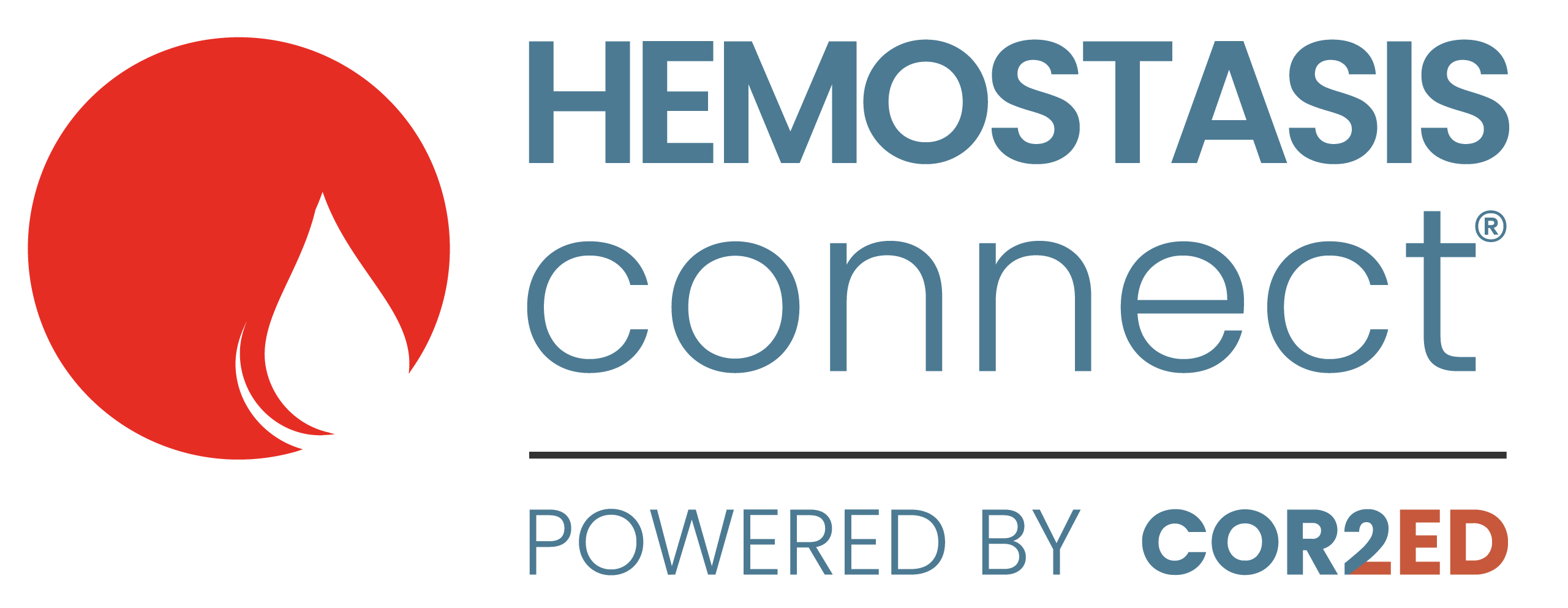

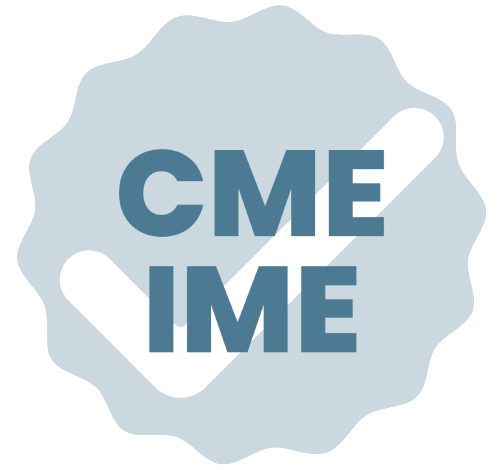
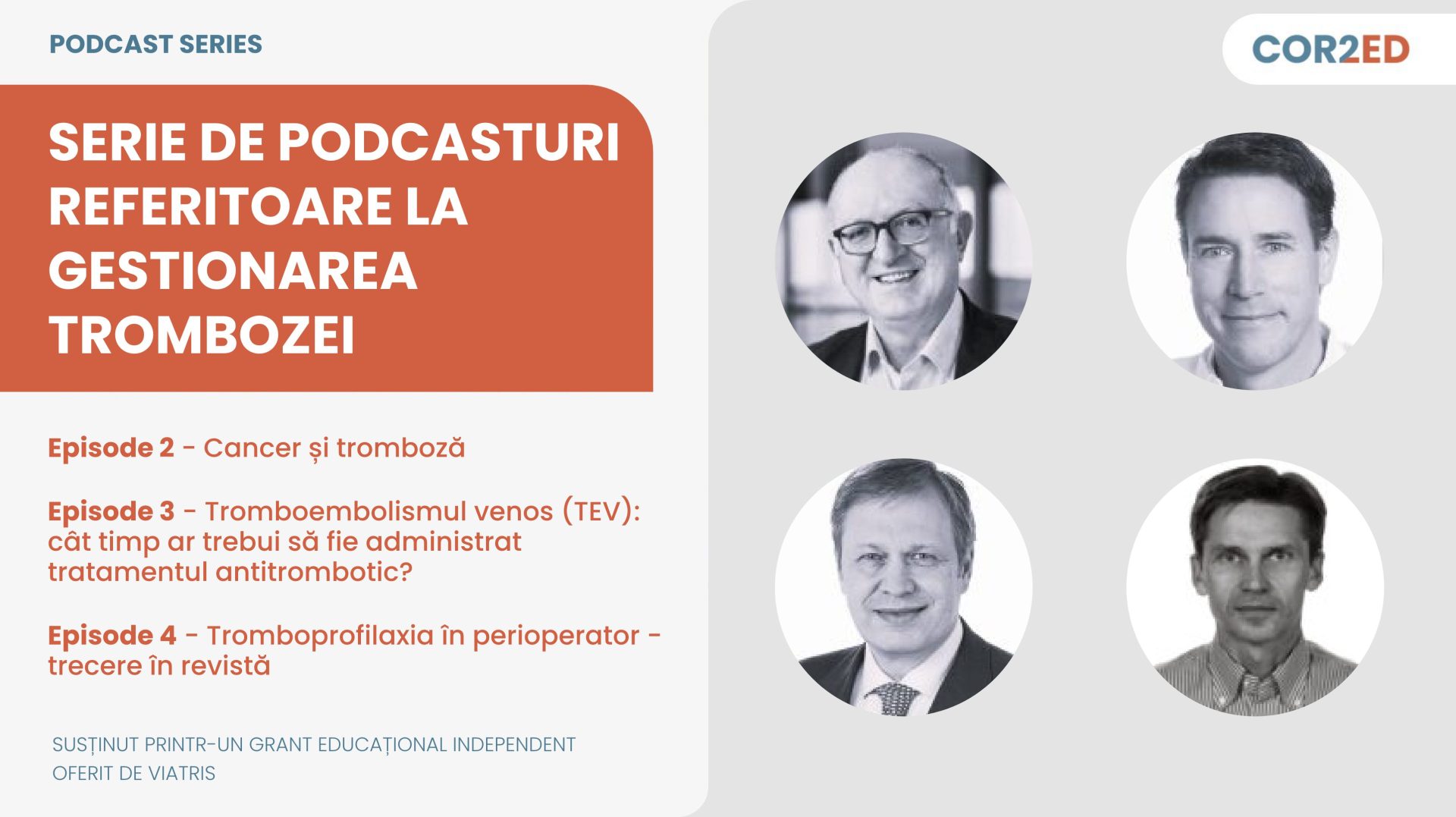
 Downloadable
Downloadable  28 MIN
28 MIN
 May 2025
May 2025 
